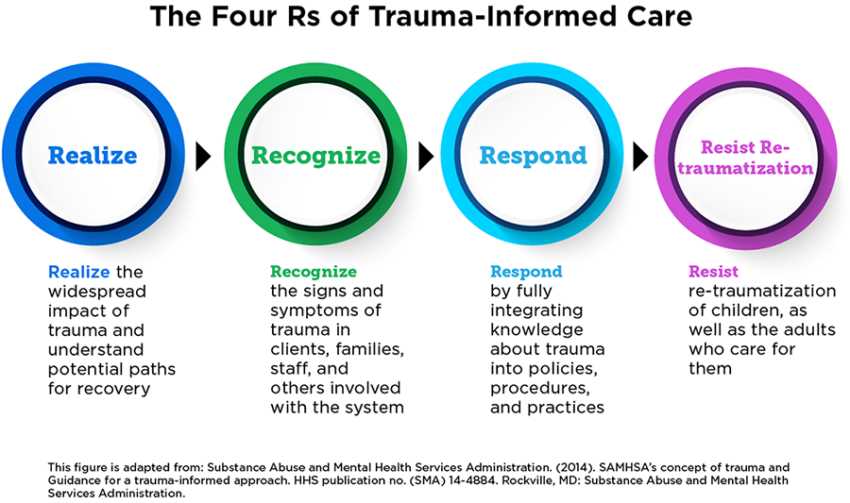
Communities play a vital role in supporting individuals on their journey to empowerment, recovery, and healing. In today’s fast-paced and demanding world, stress and trauma have become prevalent issues that affect people from all walks of life. However, by fostering resiliency and providing a strong support system, communities can help individuals overcome these challenges and thrive.
Dealing with trauma and stress can be an overwhelming experience, leaving individuals feeling isolated and helpless. However, by coming together as a community, we can create a safe and nurturing environment where people feel heard, understood, and supported. Through open dialogue and active listening, we can break the stigma surrounding trauma and stress, encouraging individuals to seek help and providing them with the necessary resources for recovery.
Building resiliency within our communities is crucial. Resiliency allows individuals to bounce back from adversity, adapt to change, and grow stronger in the face of challenges. By promoting resiliency, we empower individuals to develop coping mechanisms and skills that enable them to navigate through stress and trauma. This not only benefits individuals on a personal level but also strengthens the overall fabric of our community.
Support is a key component in building resilient communities. It is essential to create spaces where individuals feel comfortable reaching out for help and where they can find the necessary support systems. By offering support groups, counseling services, and educational programs, we can provide individuals with the tools they need to heal and recover from trauma. Together, we can create a network of support that fosters growth and resilience within our community.
The Importance of Resilience
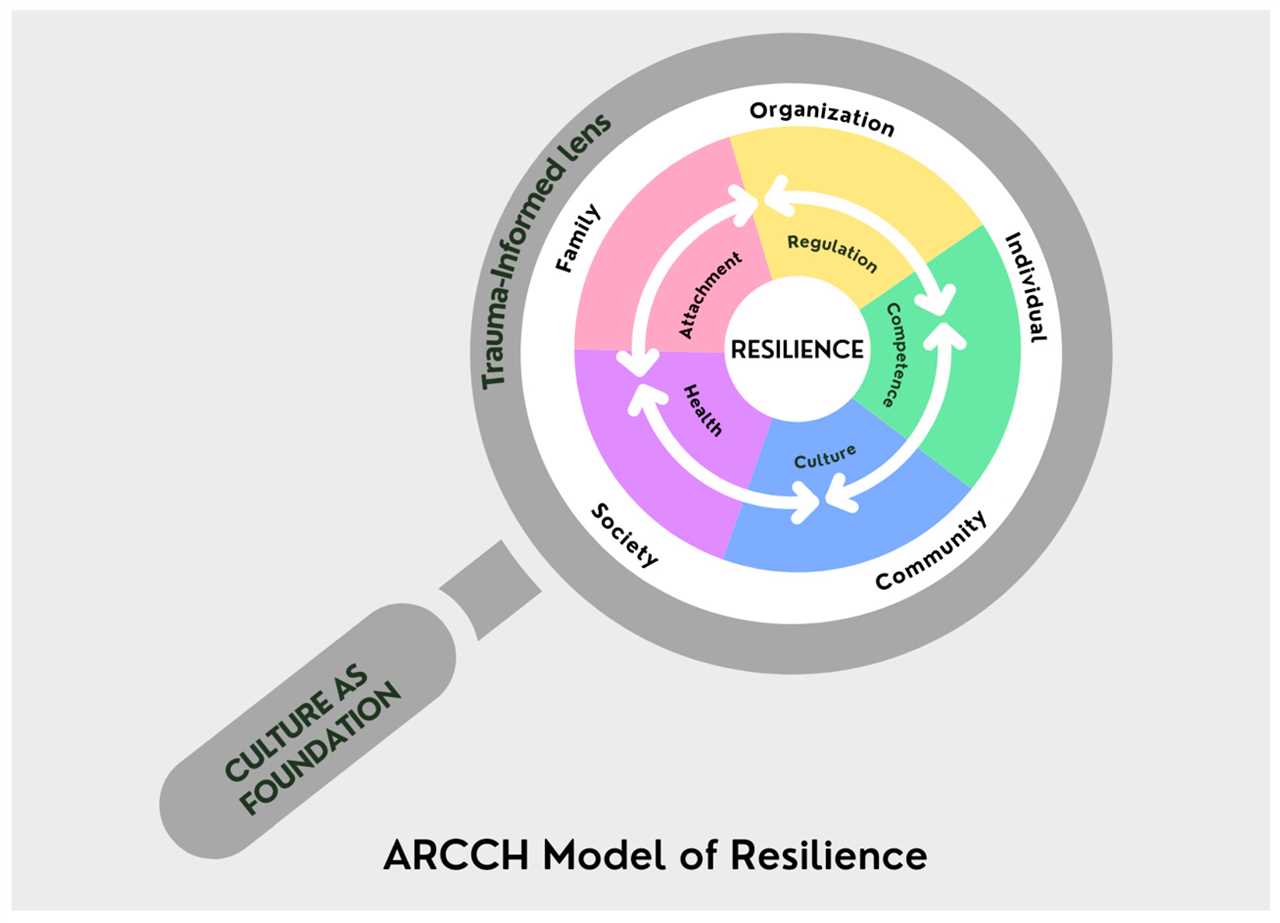
Resilience plays a crucial role in the healing and recovery process for individuals and communities who have experienced trauma and stress. It refers to the ability to bounce back and adapt in the face of adversity, allowing individuals and communities to regain their strength and move forward.
When individuals have a high level of resiliency, they are better equipped to navigate the challenges that come with trauma and stress. Resilient individuals are more likely to seek support when needed, whether it be from friends, family, or professionals, and are more likely to engage in healthy coping mechanisms.
Communities that prioritize resiliency also benefit greatly. Resilient communities are better able to come together and support each other during times of crisis. They have the ability to mobilize resources and provide the necessary support systems for individuals who may be struggling with trauma and stress.
Building resiliency within communities is an ongoing process that requires a collective effort. It involves creating spaces and programs that promote mental and emotional well-being, fostering social connections, and providing access to resources and support services.
By prioritizing resiliency, communities can create an environment that encourages healing and adaptation. It allows individuals to recover from trauma and stress, and empowers them to build a brighter future.
In conclusion, resiliency is of utmost importance when it comes to overcoming trauma and stress. It is a key factor in the healing and recovery process, both for individuals and communities. By fostering resiliency, we can create stronger and more supportive communities that can adapt and thrive in the face of adversity.
Understanding Resilience
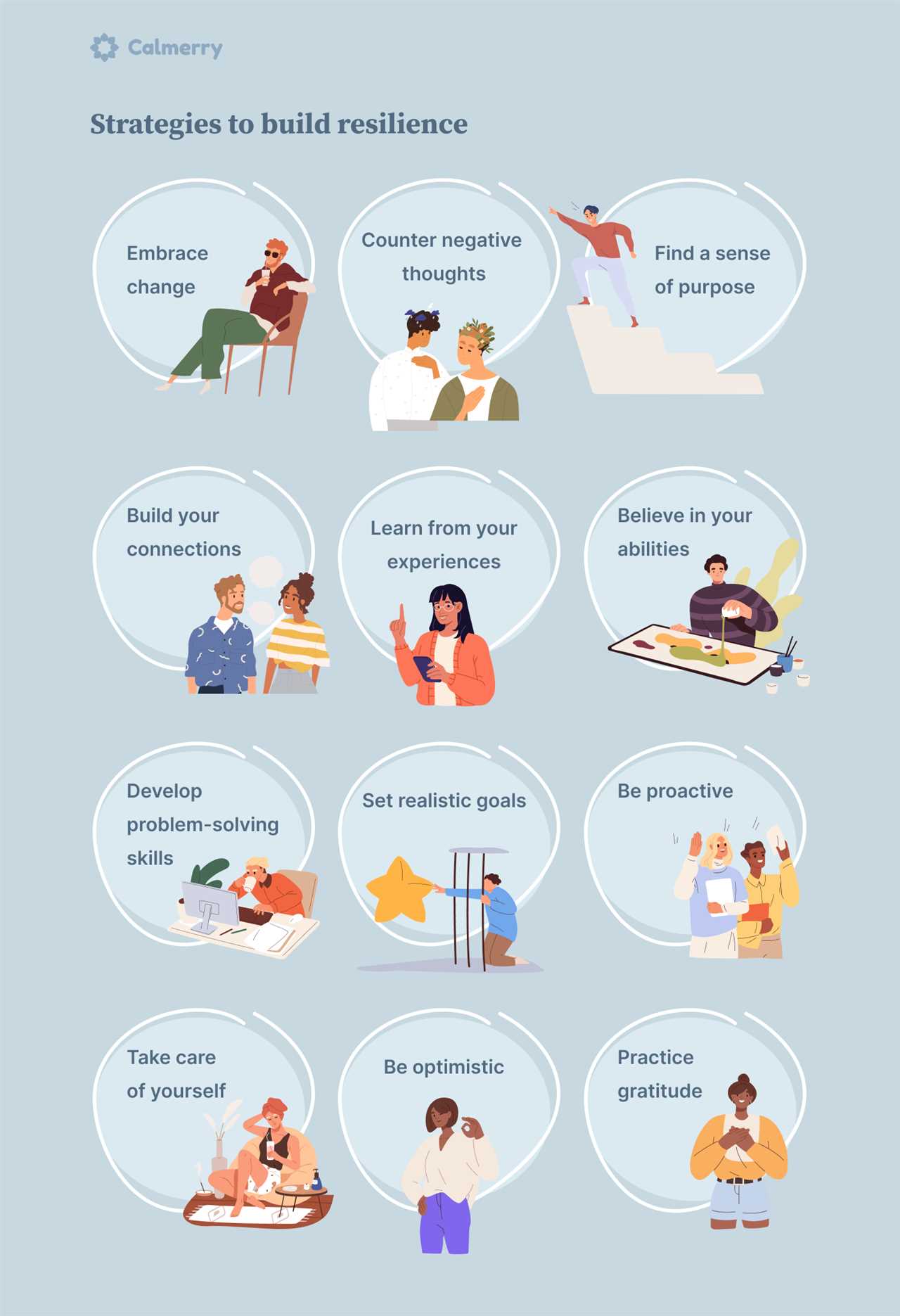
In the face of adversity, individuals and communities have the capacity to recover and adapt, demonstrating resilience. Resilience is the ability to bounce back from trauma and adversity, and it plays a crucial role in building resilient communities.
Communities that foster resiliency are able to provide support and resources that promote healing and empowerment. They understand that trauma can have long-lasting effects on individuals and work to create an environment that promotes recovery and growth.
Resiliency is not just about individual strength, but also about the collective strength of communities. It is about creating a network of support and resources that can help individuals and communities overcome stress and trauma.
Building resilient communities requires a multifaceted approach that addresses the individual, social, and structural factors that contribute to resiliency. It involves creating support systems, providing access to mental health services, and promoting community engagement.
Resilient communities understand that healing from trauma is a process that takes time and effort. They provide spaces and opportunities for individuals to share their experiences, learn from one another, and develop coping strategies.
Empowerment is also an essential component of resilience. Resilient communities empower individuals to take control of their own healing journey, providing them with the tools and resources they need to overcome adversity.
By understanding resilience and its importance, communities can work towards building a network of support and resources that promote healing and recovery. Together, we can create communities that are resilient in the face of stress and trauma.
| Key Words | Definitions |
|---|---|
| Recovery | The process of regaining physical, mental, and emotional well-being after experiencing trauma or adversity. |
| Adaptation | The ability to adjust and change in response to stress and adversity. |
| Communities | Groups of individuals living in close proximity and sharing common interests, values, and goals. |
| Resiliency | The ability to bounce back from trauma and adversity. |
| Support | Assistance, encouragement, and resources provided to individuals or communities in need. |
| Healing | The process of recovering from physical, mental, or emotional wounds or trauma. |
| Trauma | An event or experience that causes physical, emotional, or psychological harm. |
| Empowerment | The process of giving individuals or communities the power and authority to take control of their own lives and make decisions. |
Benefits of Building Resilience
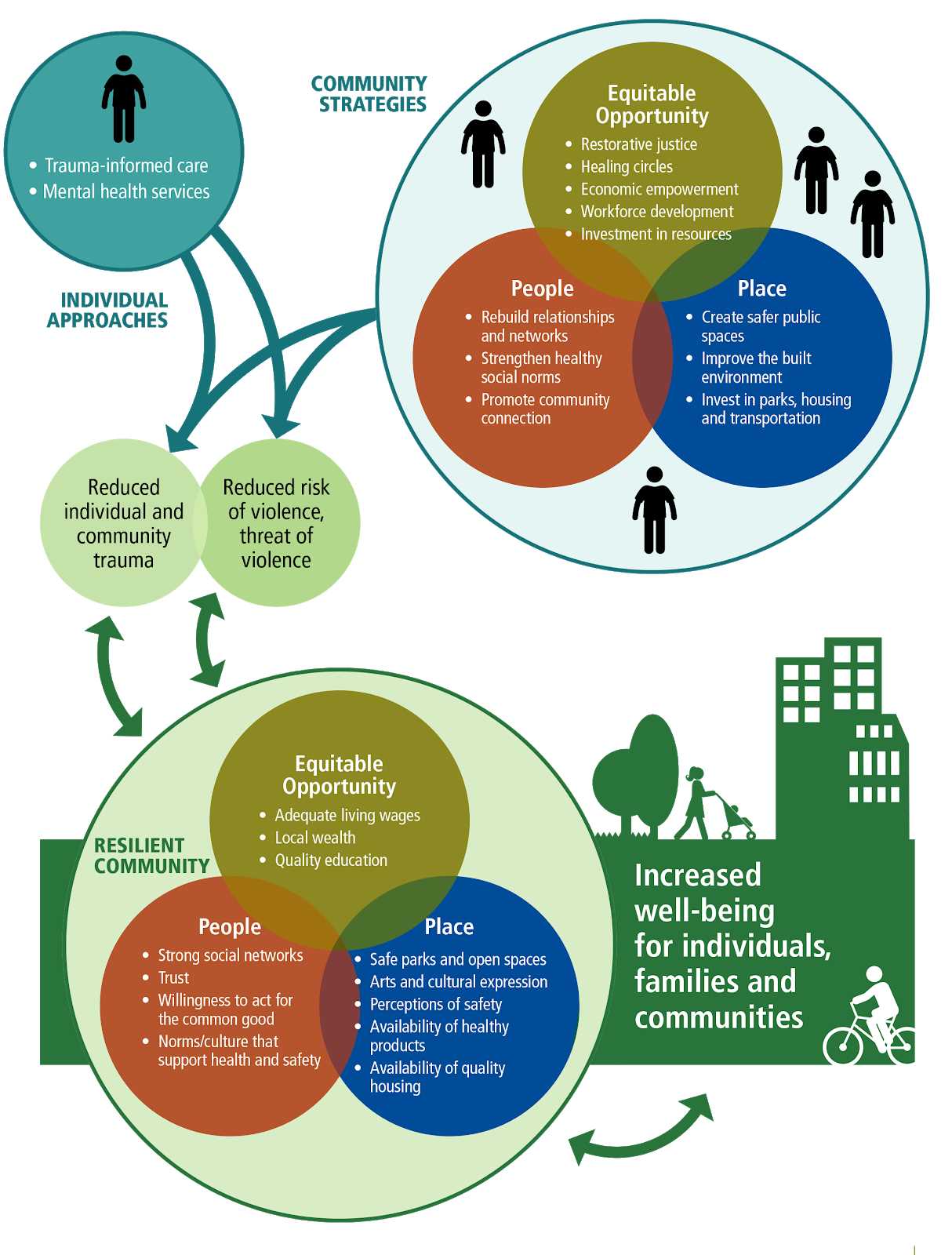
Building resilience within communities can have a profound impact on individuals and society as a whole. By focusing on recovery, resiliency, empowerment, adaptation, healing, trauma, and support, communities can experience a range of benefits.
One of the key benefits of building resilience is the ability to bounce back from adversity. Resilient communities are better equipped to handle and recover from difficult situations, whether it be a natural disaster, economic downturn, or personal crisis. By developing a strong support network and fostering a sense of community, individuals can find the strength and resources needed to navigate challenging times.
Building resilience also promotes empowerment within communities. When individuals feel empowered, they are more likely to take action and make positive changes in their lives. Resilience encourages individuals to become active participants in their own recovery and healing processes, fostering a sense of agency and control.
Adaptation is another key benefit of building resilience. Resilient communities are more flexible and able to adapt to changing circumstances. This allows for a more proactive approach to addressing challenges and finding innovative solutions. By embracing change and learning from past experiences, communities can become more prepared for future stressors.
Healing is an essential component of building resilience. Trauma can have a lasting impact on individuals and communities, but through resilience, healing becomes possible. Resilient communities provide a safe and supportive environment for individuals to process their experiences and work towards recovery. This healing process can lead to increased well-being and improved mental health for individuals and the community as a whole.
Finally, building resilience fosters a sense of support within communities. Resilient communities recognize the importance of social connections and provide opportunities for individuals to come together and support one another. This sense of support can alleviate feelings of isolation and promote a sense of belonging, ultimately strengthening the community as a whole.
In conclusion, building resilience within communities has numerous benefits. From the ability to bounce back from adversity to promoting empowerment, adaptation, healing, and support, resilience is a powerful tool for creating stronger, more resilient communities.
Recognizing Stress and Trauma
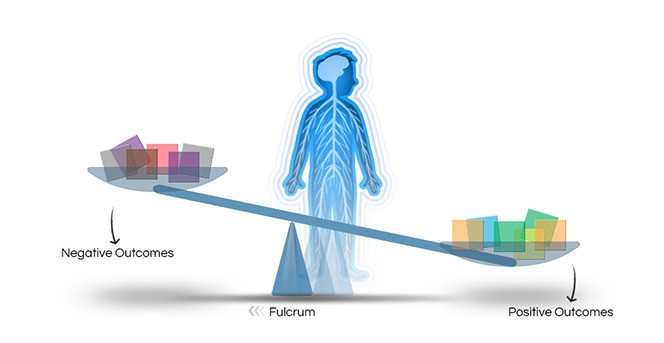
Stress and trauma are common experiences that can have a significant impact on individuals, families, and communities. Recognizing the signs and symptoms of stress and trauma is crucial for promoting adaptation, recovery, and resiliency.
Stress can manifest in various ways, including physical, emotional, and behavioral symptoms. Physical symptoms may include headaches, muscle tension, and fatigue. Emotional symptoms can range from irritability and mood swings to feelings of overwhelm and helplessness. Behavioral symptoms may include changes in appetite, sleep disturbances, and increased use of substances.
Trauma, on the other hand, refers to a deeply distressing or disturbing experience that overwhelms an individual’s ability to cope. Traumatic events can include natural disasters, accidents, violence, or abuse. The effects of trauma can be long-lasting and may impact various aspects of a person’s life, including their physical and mental health, relationships, and overall well-being.
Recognizing stress and trauma is the first step towards providing support and empowerment to individuals and communities. By acknowledging the signs and symptoms, we can create a safe and understanding environment where individuals feel comfortable seeking help and support.
Communities play a vital role in recognizing and addressing stress and trauma. By fostering a sense of belonging and social support, communities can help individuals build resilience and navigate the challenges associated with stress and trauma. This can be achieved through various means, such as community programs, support groups, and access to mental health services.
Empowerment is another crucial aspect of recognizing stress and trauma. By empowering individuals to take control of their own well-being and providing them with the necessary tools and resources, we can help them overcome the effects of stress and trauma and build resiliency.
In conclusion, recognizing stress and trauma is essential for promoting adaptation, recovery, and resiliency. By understanding the signs and symptoms, communities can provide the necessary support and empowerment to individuals in need. Together, we can create resilient communities that are capable of overcoming the challenges of stress and trauma.
Types of Stress
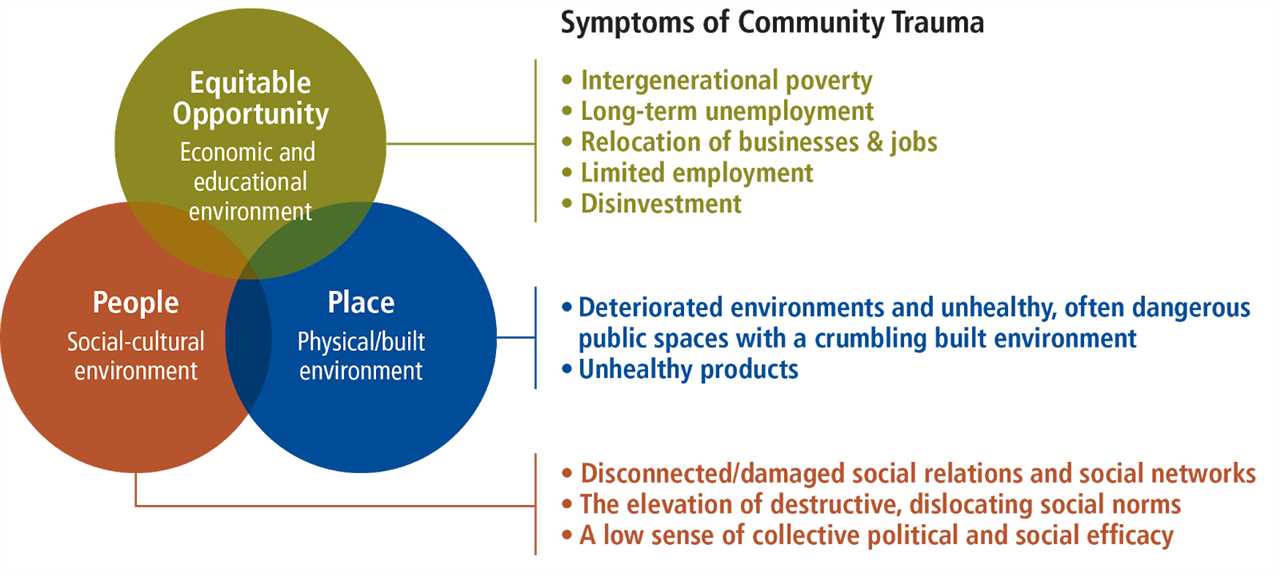
Stress is a natural response to challenging or overwhelming situations. It can manifest in various forms and impact individuals and communities differently. Understanding the different types of stress is crucial for building resilient communities and supporting individuals on their journey of healing and empowerment.
- Acute Stress: Acute stress is a short-term form of stress that is usually caused by a specific event or situation. It is a normal reaction to immediate danger or threat and can often be resolved quickly once the situation passes.
- Chronic Stress: Chronic stress is a long-term form of stress that persists over an extended period. It can be caused by ongoing challenges such as work pressure, financial difficulties, or relationship problems. Chronic stress can have a severe impact on physical and mental health if not effectively managed.
- Post-Traumatic Stress Disorder (PTSD): PTSD is a type of stress that occurs after experiencing or witnessing a traumatic event. It can cause severe distress and interfere with daily functioning. Individuals with PTSD may experience flashbacks, nightmares, and intense anxiety related to the traumatic event.
- Vicarious Trauma: Vicarious trauma refers to the emotional and psychological impact of witnessing or hearing about traumatic events experienced by others. It can affect individuals who work in helping professions such as healthcare, social work, or emergency services. Supporting these individuals and providing them with proper self-care is crucial to prevent burnout and promote resiliency.
- Environmental Stress: Environmental stress is caused by external factors such as natural disasters, pollution, or socio-economic challenges. It can have a significant impact on communities and require collective efforts to build resilience and support those affected.
Recognizing and addressing the different types of stress is essential for creating supportive and resilient communities. By providing the necessary resources, education, and support, individuals can develop the skills and resilience needed to overcome stress and trauma, leading to healing and empowerment.
Effects of Trauma
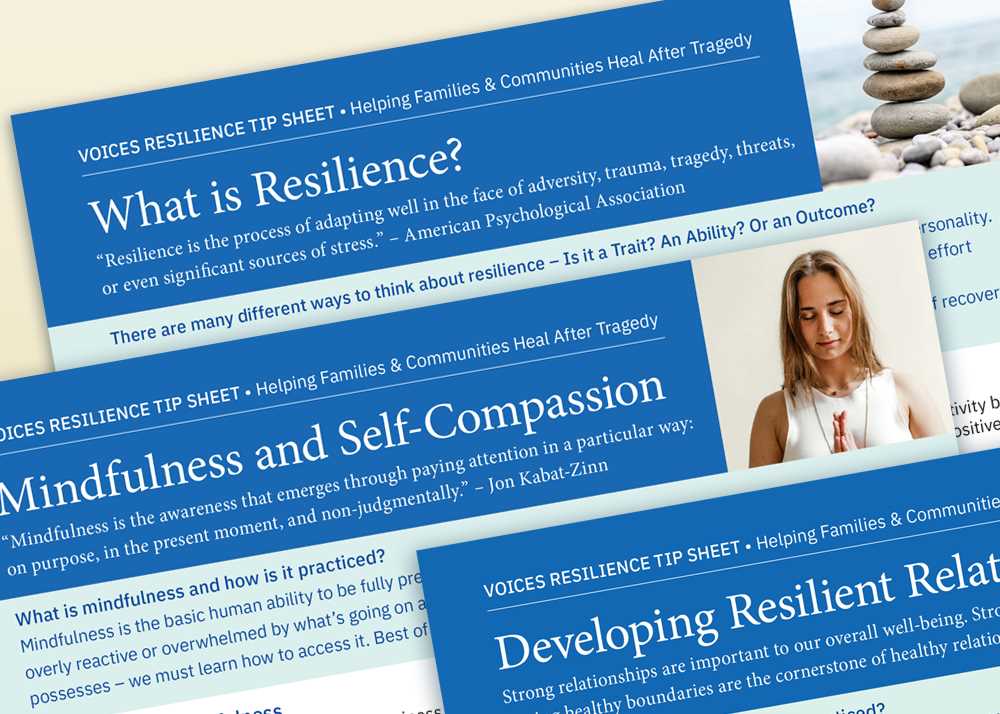
Experiencing trauma can have a profound impact on individuals, communities, and society as a whole. The effects of trauma can be far-reaching and can manifest in various ways. It is important to understand these effects in order to promote empowerment, resiliency, and healing among those who have experienced trauma.
At the individual level, trauma can lead to a wide range of physical, emotional, and psychological symptoms. These can include but are not limited to: anxiety, depression, post-traumatic stress disorder (PTSD), sleep disturbances, and difficulties in interpersonal relationships. Trauma can also affect one’s ability to concentrate, make decisions, and cope with stress.
On a community level, trauma can disrupt social cohesion and trust. Communities that have experienced trauma may struggle with high levels of stress, increased rates of substance abuse, and a lack of access to resources and support. Additionally, trauma can contribute to the development of negative coping mechanisms such as violence and aggression.
Healing and recovery from trauma are complex processes that require time, support, and adaptation. It is important for individuals and communities to have access to trauma-informed care and resources that can facilitate healing. This can include therapy, support groups, and other evidence-based interventions.
Communities that are resilient and have strong support systems in place are better equipped to address the effects of trauma. By promoting social connections, fostering a sense of belonging, and providing resources for healing, communities can help individuals navigate the challenges associated with trauma.
In conclusion, the effects of trauma can be significant and wide-ranging. However, with empowerment, resiliency, and a focus on healing and recovery, individuals and communities can overcome the impact of trauma and build stronger, more adaptive communities.
Strategies for Overcoming Stress
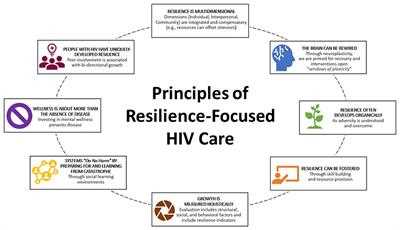
Recovery from trauma and adaptation to stress are essential aspects of building resiliency within communities. It is important to develop strategies that promote support, empowerment, and healing in order to overcome stress and trauma.
One strategy for overcoming stress is to build a strong support system. Connecting with others who have experienced similar challenges can provide a sense of belonging and understanding. This support system can offer guidance, empathy, and encouragement, which can help individuals navigate through difficult times.
Another strategy is to focus on self-care and self-empowerment. Engaging in activities that promote physical and mental well-being, such as exercise, meditation, and hobbies, can help reduce stress and promote healing. Taking time for oneself and practicing self-compassion can also contribute to a sense of empowerment and resilience.
Additionally, seeking professional help and therapy can be an effective strategy for overcoming stress. Therapy provides a safe space to process and heal from trauma, and therapists can offer guidance and techniques for managing stress and building resilience. It is important to reach out for help when needed and not hesitate to seek professional support.
Furthermore, practicing stress management techniques can aid in overcoming stress. These techniques may include deep breathing exercises, mindfulness, and positive visualization. Learning and implementing these techniques can help individuals cope with stress and promote a sense of calm and relaxation.
| Strategies for Overcoming Stress |
|---|
| Build a strong support system |
| Focus on self-care and self-empowerment |
| Seek professional help and therapy |
| Practice stress management techniques |
In conclusion, overcoming stress requires a combination of support, empowerment, and healing. By implementing strategies such as building a support system, focusing on self-care, seeking professional help, and practicing stress management techniques, individuals can develop resiliency and effectively overcome stress and trauma.
Self-Care Practices

Self-care is an essential component of building resilient communities and overcoming stress and trauma. It involves taking deliberate actions to promote physical, mental, and emotional well-being. By prioritizing self-care, individuals can enhance their ability to cope with stress, support their own recovery and healing, and empower themselves to foster resiliency.
Self-care practices can vary depending on individual preferences and needs, but some common strategies include:
1. Prioritizing rest and relaxation: Taking time to rest and recharge is crucial for managing stress and promoting overall well-being. This can involve activities such as getting enough sleep, practicing relaxation techniques like deep breathing or meditation, or engaging in hobbies that bring joy and relaxation.
2. Nurturing physical health: Engaging in regular physical exercise, maintaining a balanced diet, and getting regular check-ups are all important aspects of self-care. Physical health plays a significant role in overall well-being and can help reduce the impact of stress and trauma on the body.
3. Seeking social support: Building and maintaining strong social connections is an important part of self-care. Connecting with others who understand and support your experiences can provide a sense of belonging, validation, and comfort. This can involve reaching out to friends, family, or support groups, or seeking professional help when needed.
4. Engaging in activities that bring joy: Taking time to engage in activities that bring joy and fulfillment is an essential aspect of self-care. This can involve pursuing hobbies, spending time in nature, practicing creativity, or participating in activities that promote personal growth and self-expression.
5. Practicing self-compassion: Being kind and compassionate towards oneself is crucial for self-care. This involves acknowledging and accepting one’s own limitations, setting realistic expectations, and treating oneself with kindness and understanding in times of stress or difficulty.
By incorporating these self-care practices into their daily lives, individuals can enhance their ability to cope with stress and trauma, promote their own recovery and healing, and contribute to building resilient communities that support and empower one another.
Seeking Support
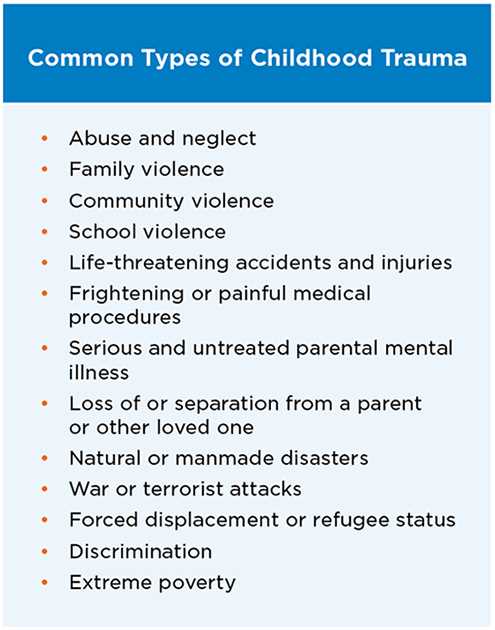
When facing trauma and stress, seeking support is an essential step towards building resiliency and recovery. Communities play a crucial role in providing the necessary support for individuals to overcome challenges and empower themselves.
Support can come in various forms, such as professional counseling, therapy, or support groups. These resources offer a safe space for individuals to share their experiences, gain insights, and develop coping strategies. They provide an opportunity for individuals to connect with others who have gone through similar experiences, fostering a sense of belonging and understanding.
Communities can also offer support through educational programs and workshops that focus on building resiliency and developing adaptive strategies. These programs empower individuals by equipping them with the necessary tools and knowledge to navigate through stress and trauma. They promote self-care practices and teach individuals how to identify and address their emotional and mental needs.
It is important to recognize that seeking support is not a sign of weakness but rather an act of strength. It takes courage to reach out and ask for help. By seeking support, individuals are taking an active role in their own healing process and demonstrating their commitment to their well-being.
In conclusion, seeking support is a crucial aspect of building resiliency and overcoming stress and trauma. Communities play a vital role in providing the necessary resources and programs to empower individuals on their journey towards recovery. By embracing support, individuals can develop the skills and strategies needed to adapt and thrive in the face of adversity.
Building Resilient Communities

Building resilient communities is crucial in overcoming stress and trauma. Resiliency is the ability to bounce back from adversity and recover from difficult experiences. By empowering individuals and providing support networks, communities can foster resiliency and promote healing.
Communities play a vital role in helping individuals adapt to and recover from trauma. By creating a safe and supportive environment, communities can facilitate the healing process. This includes providing resources and services that address the specific needs of individuals who have experienced trauma.
Empowerment is an essential aspect of building resilient communities. By empowering individuals to take control of their own healing journey, communities can foster a sense of agency and self-efficacy. This can be done through education, advocacy, and providing opportunities for individuals to contribute to the community.
Support is another key component of building resilient communities. By offering emotional, social, and practical support, communities can help individuals navigate the challenges of trauma and recovery. Support can come in various forms, such as counseling services, support groups, and community initiatives.
Building resilient communities requires a collective effort. It involves individuals, organizations, and community leaders coming together to create a network of support and resources. By working together, communities can strengthen their ability to respond to trauma and promote healing.
In conclusion, building resilient communities is crucial in overcoming stress and trauma. Through resiliency, recovery, empowerment, and support, communities can create an environment that fosters healing and adaptation. By recognizing the impact of trauma and taking proactive steps to address it, communities can build a stronger and more resilient future.
Creating Supportive Networks
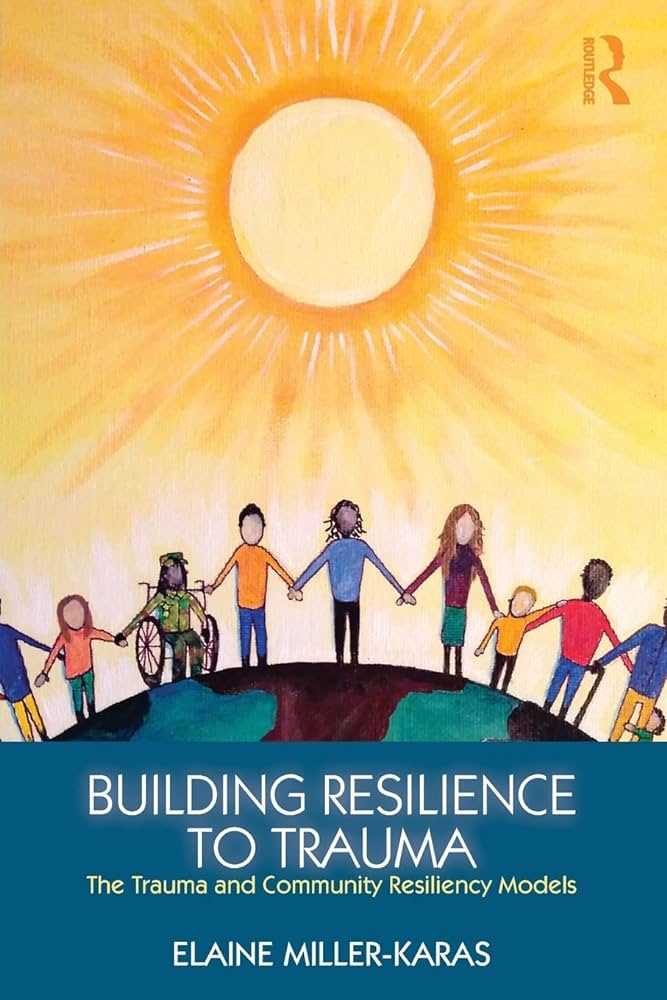
Building resilient communities requires the establishment of supportive networks that can help individuals overcome trauma and adapt to stressful situations. These networks play a crucial role in empowering individuals and promoting healing, recovery, and resiliency.
Supportive networks provide a safe space for individuals to share their experiences and emotions, knowing that they will be met with understanding and empathy. This sense of community and belonging can be instrumental in the healing process, as it allows individuals to feel supported and validated in their journey towards recovery.
These networks can take various forms, including support groups, therapy sessions, community organizations, or online forums. The key is to create an environment where individuals feel comfortable expressing themselves and seeking help without fear of judgment or stigma.
Supportive networks not only offer emotional support but also provide practical assistance and resources. They can connect individuals with relevant services, such as counseling, medical care, or legal aid, that can further aid in their healing and recovery.
Furthermore, supportive networks foster a sense of empowerment by encouraging individuals to take an active role in their own healing process. Through shared experiences and collective knowledge, individuals can gain valuable insights and strategies for managing stress and trauma.
By creating supportive networks, communities can foster a culture of resilience, where individuals are equipped with the tools and support they need to overcome adversity. Together, we can build stronger, more resilient communities that prioritize the well-being and recovery of all their members.

I am Patrina de Silva, a psychologist and mental health blogger in Sri Lanka. After obtaining psychology degrees from the University of Colombo and Monash University, I returned home to work as a counselor while also starting the popular blog “Pressy but Happy” to provide advice on psychological issues. Over the past decade, my empathetic articles have made my blog a leading mental health resource in the country. In addition to writing, I maintain a private therapy practice, frequently volunteer counseling time, and conduct seminars, driven by my passion for destigmatizing mental illness and educating the public on the mind-body connection. I strive to be an influential voice in my field through my compassionate approach.
